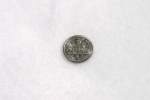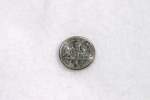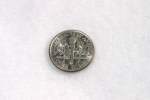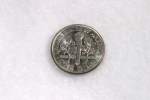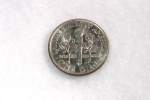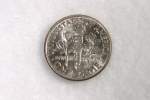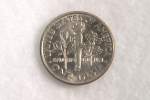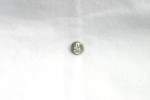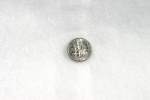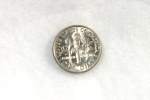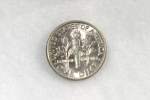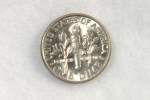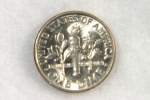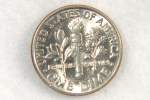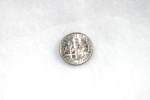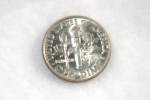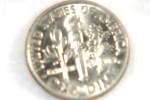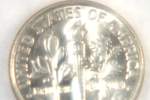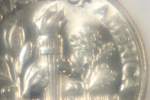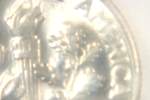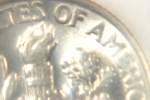
GALLERY |
| Home Page |
| Sub-Galleries |
| Aerial Views |
| Birds |
| Butterfllies / Moths |
| Critters |
| Don't Bug Me! |
| Giga-Gallery |
| Scenic - Activities - Etc |
| Wildflowers |
| Miscellaneous |
|
|
| Check It Out |
|
|
| Vintage Cigarette Lighters & Ashtrays |
| Frank Dutton World Travel Photos |
|
|
| Other |
| About Toledo-Bend Gallery & Equipment |
| Awards |
| LINKS |
| Thanks |
| Search |
| Translate |
|
|
Using Diopters - Close-Up Lenses |
~ Click on any image for an enlargement - scrollable if it is too big for browser window ~ |
|
The following pictures show the effects of using diopters.The following equipment is used: Canon EOS 10D Camera, Canon EF 50mm f/1.8 lens, Canon 80-210mm macro/zoom lens, Hoya diopter set - +1, +2, and +4. A dime was placed on white felt and continuous lighting was used for illumination. The pictures are taken with the camera handheld. The depth of field can get very shallow on these close up shots so it is very easy to get a portion of the image somewhat out of focus. Generally, when diopters are "stacked" the larger number diopter should attach to the lens and the next smaller one added to it, etc. Theoretically, AutoFocus will work with diopters. As a practical matter, I found it works OK with the 50mm lens, but with the 80-210 after getting past the +1 or +2 diopter manual focus is a must. The diopter allows the lens to focus closer to the subject than it otherwise would. Some of the pictures below are VERY close to the subject; theoretically, the 50mm lens used should focus as close as 18 inches; in practice I was less than 2" with some of the combinations below. NOTE: The Canon EOS 10D is a digital SLR camera. Since the chip which the light strikes is somewhat smaller than 35mm film would be, the effect "magnifies" the effective focal length of any lens used. In the case of the 10D the effect is 1.6x - so a 100mm lens becomes, effectively, a 160mm lens on this camera. Most digital SLRs have the same effect and generally are about 1.5x. Other than the "multiplier", the same enlargement effect holds true whether you are using film or digital, though. Diopters, just as extension tubes, significantly decrease the depth of field. All of the photos below were shot freehand (as opposed to focusing very carefully on a tripod) and that works most of the time, but for extreme close-ups, it can be tedious. |


